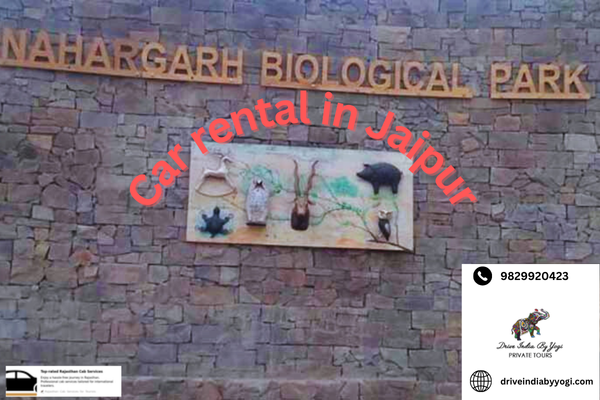Nahargarh Biological Park : A Hidden Gem of Wildlife in Rajasthan
Rajasthan, a land famed for its vibrant culture and majestic architecture, also shelters some incredible natural wonders. Among these is the Nahargarh Biological Park Jaipur, a thriving haven for wildlife nestled in the Aravalli ranges. Situated just outside Jaipur, this park offers a rare blend of ecological diversity and conservation efforts, making it a...

